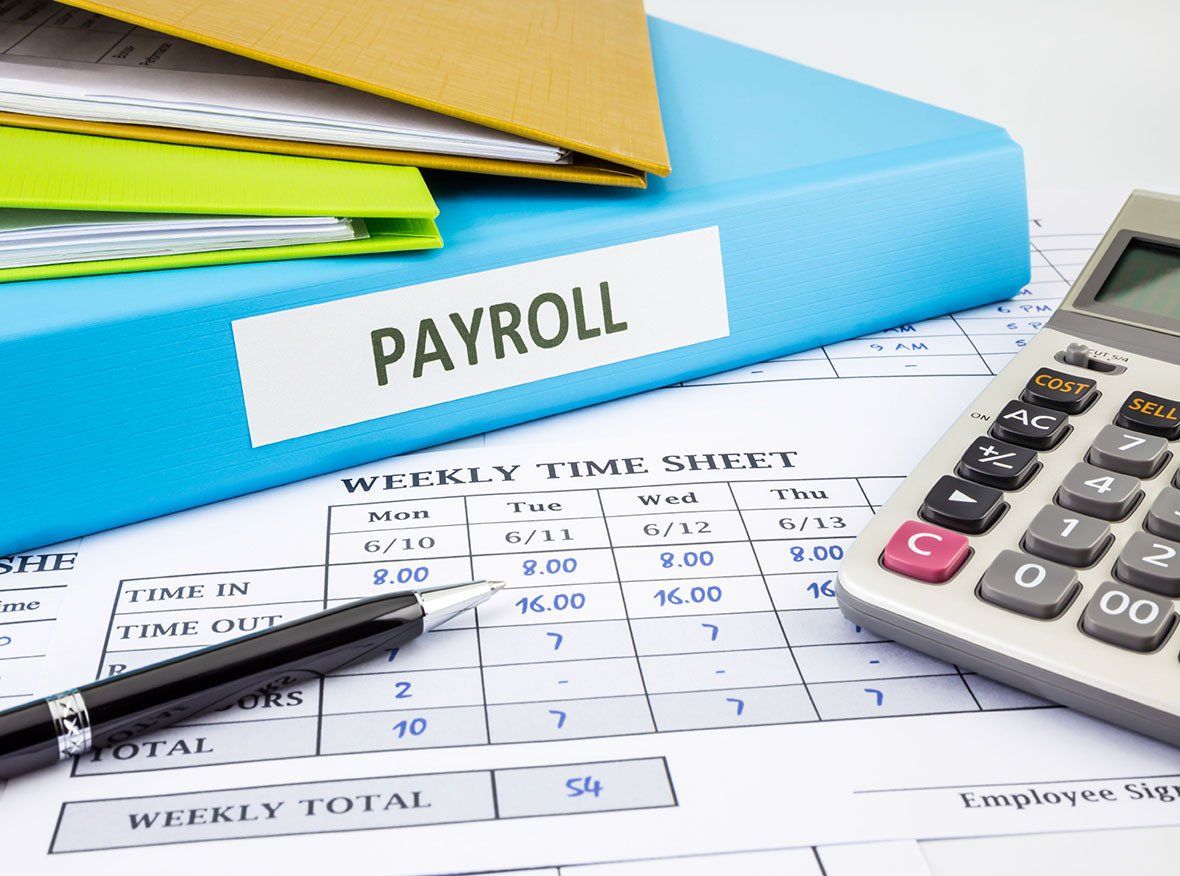Tax Relief for New York Business Owners
New York State has enacted and the IRS has approved a “Pass Through Entity” (PTE) tax. This tax enables the business owners, be they S Corporation shareholders, LLC members or partners, to lower the income flowing to them. In essence, it provides for a work around on the $10,000 limitation of state and local taxes imposed with the Tax Cuts and Jobs Act.
A PTE tax has been deemed a “business tax” on the PTE level and therefore deductible on the PTE’s federal income tax return in calculating the net income of the business. Business net income then flows through to the owners of the PTE.
For 2021 only, this election must be made by October 15, 2021 for the tax year 2021. Another election along with an estimated tax payment will be due on March 15, 2022 for the calendar year 2022.
The amount of PTE tax due is calculated on a pass through entity’s adjusted net income allocated to New York. The tax rate used for calculated the tax due is 6.85% of adjusted net income of up to 2 million and the rate is then graduated upwards.
NYS allows a credit equivalent for a direct owner. The credit equals their respective ownership percentage applied to the PTE tax paid by the entity. As an example, if the PTE’s net income equals $1,000,000 a tax of $68,500 is due with the PTE return and a 20% owner of the PTE will then receive a credit of $13,700 that would be applied to their NYS personal income tax liability. If an overpayment of an Owner’s NYS personal income tax occurs, then any overpayment can be applied to the next year’s tax or refunded. Keep in mind that NYS does require that any NYS PTE tax be added back in determining NYS taxable income.
In addition, New York State allows for a NYS resident to receive a tax credit for any PTE tax paid to another state that is “substantially similar” to the NYS PTE tax.
The owners of a PTE must be careful in electing PTE Status as the PTE tax rate begins at 6.85% while the beginning NYS tax rate on personal income is 4%. In order for any savings to occur the federal tax savings must be greater than any additional NYS tax that maybe due.
Also, businesses that report their income on Form 1040 Schedule C need to determine if there would be any tax savings if they incorporate their business and elect to be treated as an “S” Corporation.
As there remains a number a number of details that have yet to be worked out we will do our best to keep you informed of any new developments.
All in all, this is welcome news for overburdened New York Business owners.
You can always reach Diapoules and Feinstein by phone (631)547-1040 or st@dfcpaonline.com.
Please contact us if you have any questions about the information in this article.
Best regards,
James Diapoules and Marvin Feinstein










Share On: